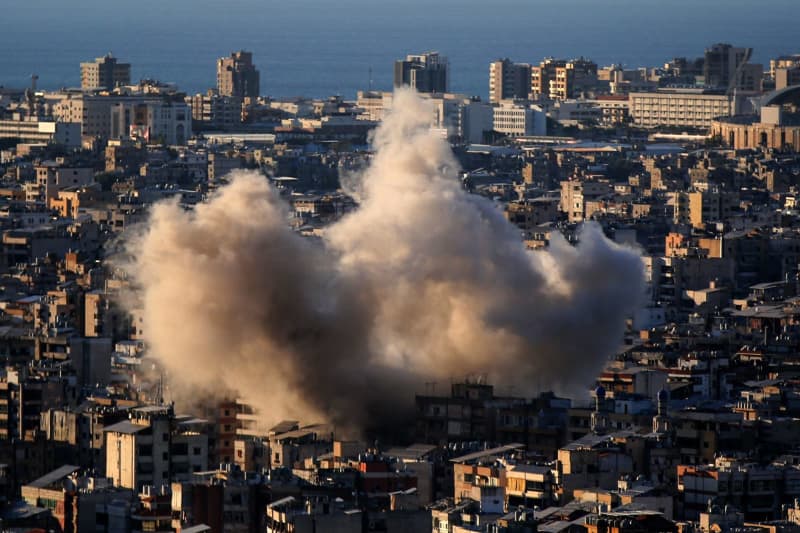Following a significant pause in Israeli airstrikes, violence resumed over the weekend in Beirut’s southern suburbs, a known stronghold of the Shiite militia Hezbollah. This renewed bombardment has caused widespread destruction, with buildings in various neighborhoods reduced to rubble. A dpa reporter, reporting from the scene, observed that the aftermath left many structures devastated, with most remaining buildings either significantly damaged or entirely collapsed. Samer, a local resident from Choueifat, conveyed the grim reality, stating that it feels like the Israeli military is targeting residents simply for living in proximity to Hezbollah’s operational zones.
The Israeli military has adopted a strategy of issuing warnings before strikes. On Saturday, Avichay Adraee, the army’s Arabic spokesman, specifically identified buildings in Choueifat that were marked for imminent attacks. His routine messages, disseminated via social media platform X, encourage residents to evacuate areas associated with Hezbollah. The warnings often preclude bombings, creating an atmosphere of fear and uncertainty for civilians. Shortly after the alerts, explosions rocked the region, swallowing entire buildings and sending plumes of black smoke into the air. The devastation was so pronounced that Samer compared the scene to the aftermath of a hurricane rather than a military engagement.
The psychological toll on residents is severe, as they try to navigate the chaos left in the wake of these airstrikes. Young men, in particular, are seen returning to their neighborhoods after the strikes to assess the damage to their properties. To maneuver through the destruction, they often rely on Vespas to traverse the wreckage-laden streets. Samer’s comments highlight a profound sense of helplessness, suggesting that the systematic targeting of these neighborhoods appears to be a punitive measure against anyone affiliated or perceived to be affiliated with Hezbollah. As the violence persists, his statements reflect a community caught in a relentless cycle of destruction and fear.
Displacement has become a grim reality for most residents of Beirut’s southern suburbs, as many have fled their homes seeking respite from the ongoing violence. Those who have left are currently taking shelter in overcrowded schools in central Beirut, where conditions are less than ideal. The situation underscores the humanitarian crisis developing alongside the military conflict, with already vulnerable populations facing deteriorating living conditions and insufficient resources. This displacement is exacerbated by the lack of safety and stability in areas under siege.
Moreover, as night falls in the bombed neighborhoods, a palpable sense of despair envelops the remnants of these communities. The absence of electricity and basic amenities transforms the once vibrant areas into dark, desolate spaces devoid of life. Observers standing on hills overlooking these suburbs are met with an eerie sight: complete blackness where bustling communities once thrived. The destruction not only reflects the physical consequences of military strategy but also symbolically underscores how civilians are bearing the brunt of this conflict.
In summary, the ongoing conflict between Israel and Hezbollah has reached a harrowing juncture, particularly in the southern suburbs of Beirut. The recent resumption of airstrikes, following a brief lull, has left communities grappling with extensive damage and displacement. As warnings precede bombings and destruction becomes the norm, residents are caught in a web of fear, uncertainty, and loss, struggling to salvage their lives amidst relentless violence. The humanitarian impact is severe, with many seeking refuge in makeshift shelters while the darkened remains of their neighborhoods serve as a stark reminder of the ongoing turmoil.

